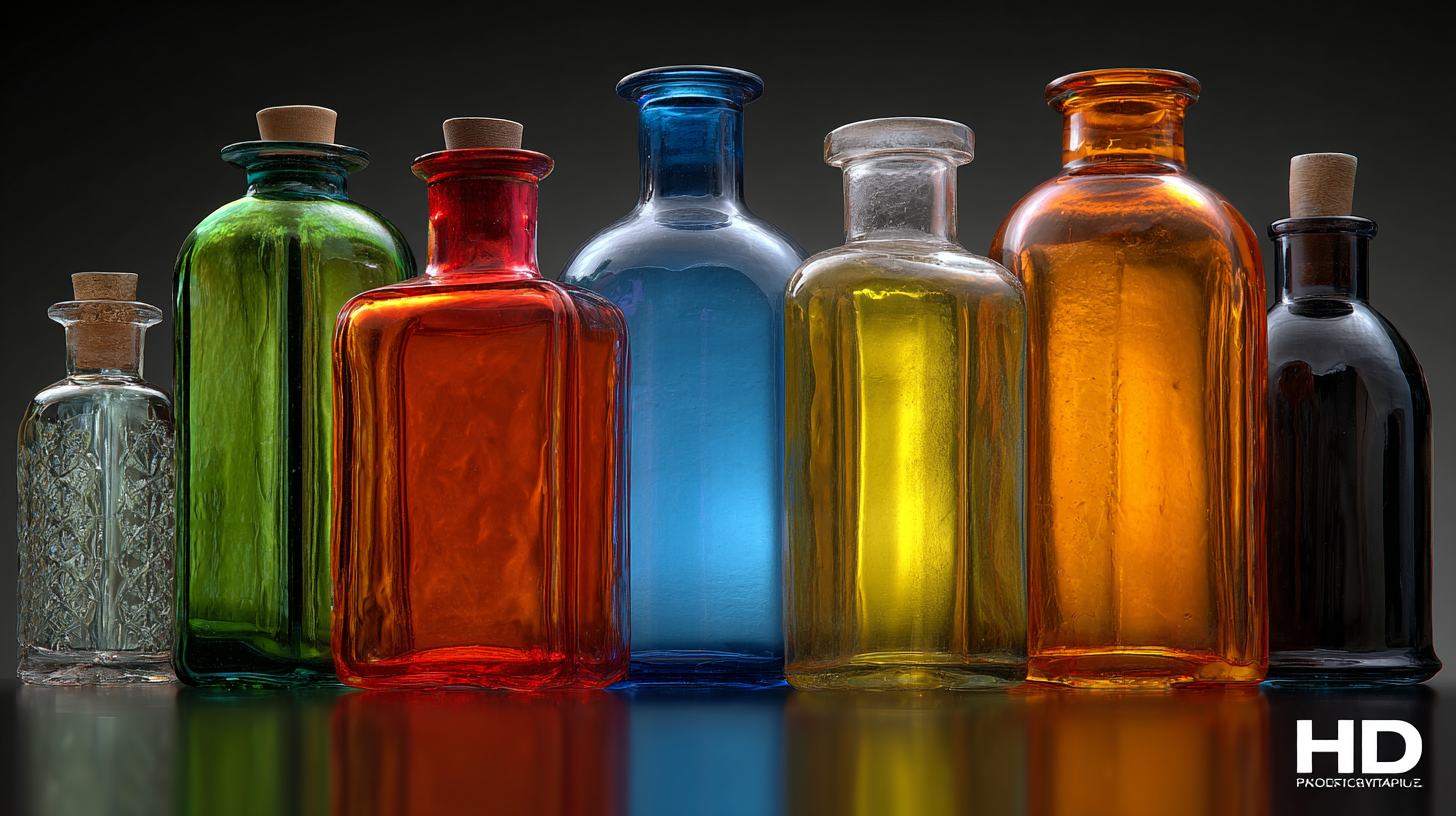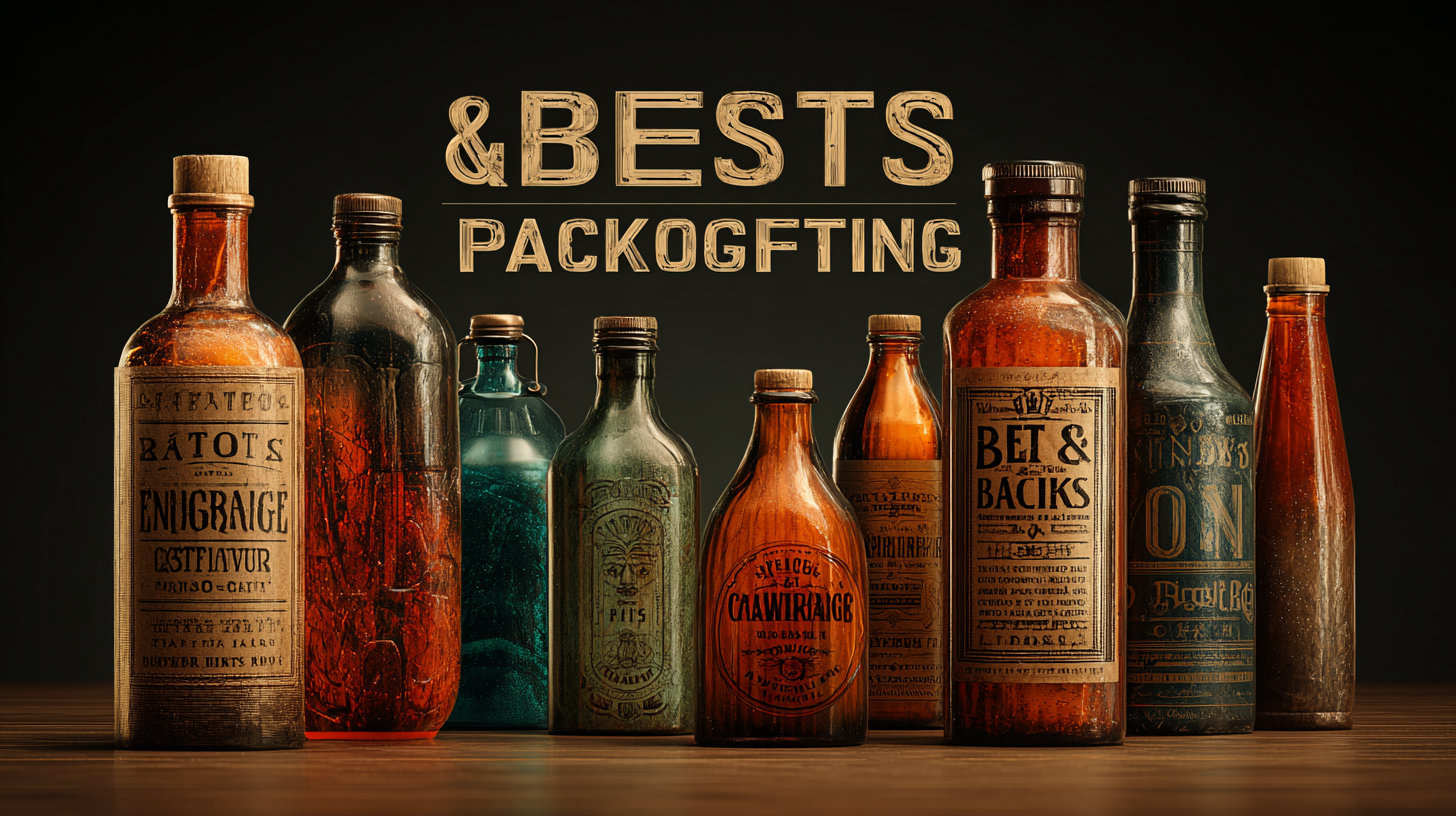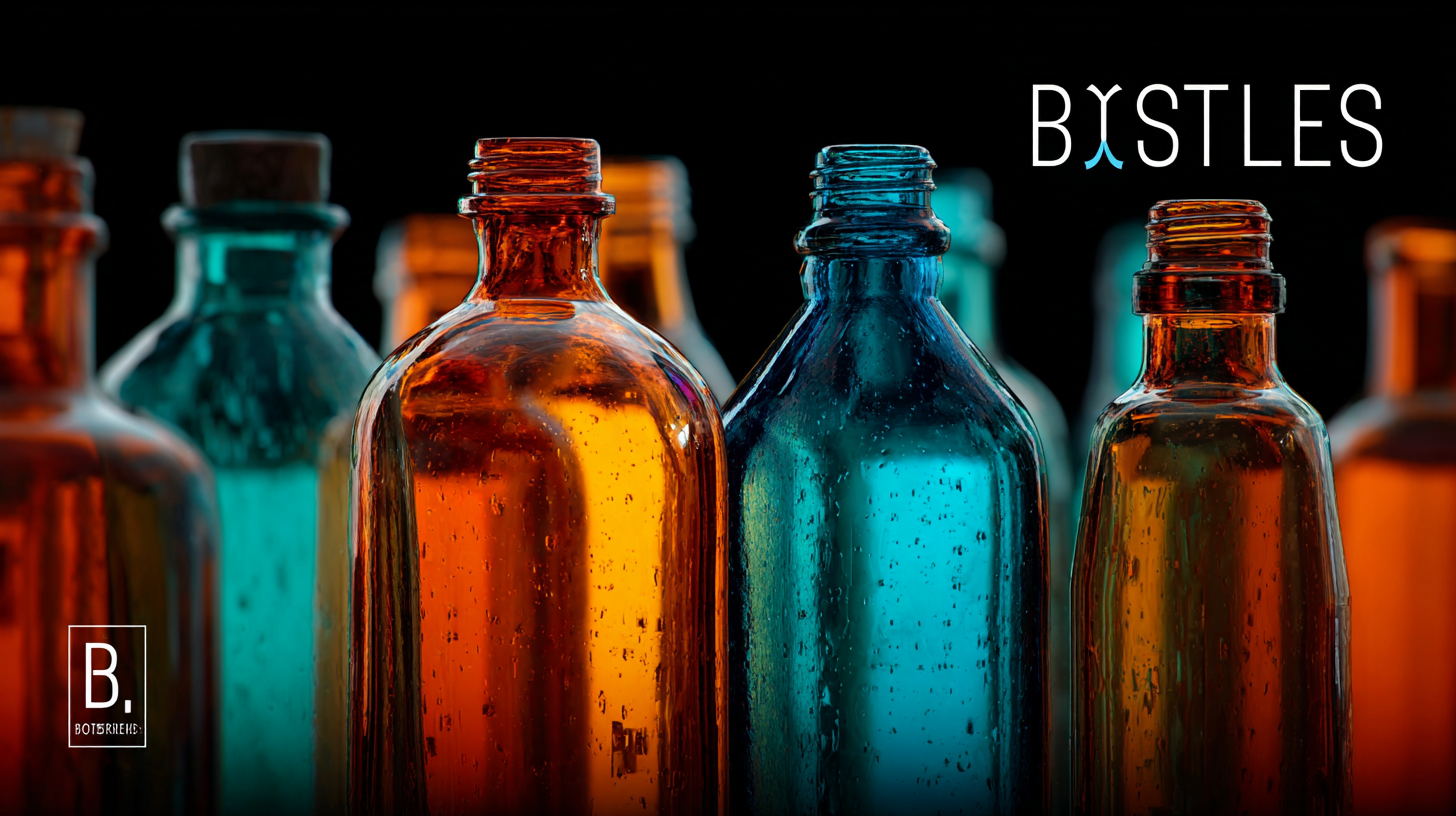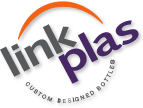Exploring Unique Attributes of Best Bottles and Packaging for Varied Product Applications
In today's competitive marketplace, the significance of innovative bottles and packaging cannot be understated, as they play a crucial role in product differentiation and consumer engagement. According to a report by Smithers Pira, the global market for packaging is expected to reach $1 trillion by 2024, highlighting the growing demand for aesthetically pleasing and functional designs. Bottles and packaging serve not only a physical purpose but also communicate brand values and sustainability efforts to conscious consumers. For instance, a survey by Boston Consulting Group reveals that 73% of millennials are willing to pay more for sustainable products, showcasing the importance of eco-friendly packaging solutions. This ultimate guide delves into the unique attributes of the best bottles and packaging, exploring their diverse applications across various industries—from cosmetics to beverages—ensuring that brands can effectively meet consumer expectations while standing out in a saturated market.

Unique Features of Bottles for Different Product Categories
When it comes to packaging, the design of bottles is crucial for diverse product categories. Each type of product necessitates distinct attributes in its packaging to enhance usability and appeal. For example, the cosmetics industry benefits greatly from elegant bottle designs that not only showcase the product but also facilitate precise applications. Airless pumps and dropper tops are popular features that prevent contamination and maintain product integrity, reflecting the need for both functionality and aesthetics in personal care.

The Role of Sustainability in Bottle Packaging Innovations
 Sustainability has emerged as a fundamental pillar in the innovation of bottle packaging, reflecting growing consumer demand for eco-friendly solutions. According to a recent report by Smithers Pira, the global sustainable packaging market is projected to reach $500 billion by 2025, driven by increased awareness of environmental issues and regulatory pressures. This shift towards sustainability is particularly evident in the beverage industry, where companies are now prioritizing recyclable and biodegradable materials. For instance, brands like Coca-Cola have committed to using 50% recycled content in their PET plastic bottles by 2030, showcasing the industry's move towards circular economy practices.
Sustainability has emerged as a fundamental pillar in the innovation of bottle packaging, reflecting growing consumer demand for eco-friendly solutions. According to a recent report by Smithers Pira, the global sustainable packaging market is projected to reach $500 billion by 2025, driven by increased awareness of environmental issues and regulatory pressures. This shift towards sustainability is particularly evident in the beverage industry, where companies are now prioritizing recyclable and biodegradable materials. For instance, brands like Coca-Cola have committed to using 50% recycled content in their PET plastic bottles by 2030, showcasing the industry's move towards circular economy practices.
Furthermore, advancements in packaging technology are enabling brands to develop innovative bottle designs that minimize waste while enhancing usability. Research from the Ellen MacArthur Foundation indicates that optimizing packaging can lead to a reduction in material usage by up to 30%. This eco-innovation doesn't just benefit the environment; it also appeals to a consumer base that increasingly favors brands with sustainable practices. As a result, businesses are finding that integrating sustainability into their packaging strategy not only meets regulatory standards but also serves as a significant competitive differentiator in a crowded market.
Market Trends and Projections for Packaging Solutions by 2025
As the packaging industry evolves, understanding market trends and projections is crucial for businesses looking to stay competitive. According to a recent report from Smithers Pira, the global market for packaging is expected to reach $1.1 trillion by 2025, growing at a compound annual growth rate (CAGR) of 3.7% from 2020. This growth is driven by increasing consumer demand for sustainable products and innovative packaging solutions across various sectors, including food and beverage, cosmetics, and pharmaceuticals.
One of the standout trends is the rise of eco-friendly packaging, which is projected to make up over 30% of the total market share by 2025. Consumers are becoming more environmentally conscious, prompting brands to shift towards biodegradable and recyclable materials. Additionally, smart packaging technology, which includes interactive labels and QR codes, is gaining traction, enhancing consumer engagement and providing valuable data for companies. These advancements are not only improving the overall user experience but also helping brands to differentiate themselves in a saturated market. The strategic adoption of these packaging solutions will be essential as businesses navigate the demands of modern consumers.
Key Factors Influencing Consumer Preferences in Bottle Design
When it comes to bottle design, consumer preferences are largely shaped by several key factors that extend beyond mere aesthetics. One significant influence is the bottle's functionality; consumers prefer packaging that is easy to use and store. This includes features like ergonomic shapes, user-friendly caps, and lightweight materials that enhance portability. A well-designed bottle not only serves its purpose effectively but also adds to the overall experience of the product, making it a crucial factor in influencing purchase decisions.
Another important consideration is sustainability. Increasingly, consumers are gravitating towards brands that prioritize environmentally friendly packaging solutions. Bottles made from recycled materials or those that are reusable appeal to environmentally conscious shoppers. This shift in preference is prompting brands to innovate their packaging design while aligning with broader sustainability initiatives. As a result, companies that highlight their commitment to responsible sourcing and eco-friendly packaging often gain a competitive edge in the market, reflecting a growing consumer demand for products that contribute positively to the environment.
Practical Tips for Selecting the Right Packaging for Your Product
When it comes to selecting the right packaging for your products, understanding the specific attributes that cater to varied applications is crucial.
The market for ambient food packaging, for example, analyzes materials like plastic, paper, and glass.
Each of these materials offers unique benefits depending on the type of product being packaged. For sauces and condiments, flexible packaging may be more suitable, providing ease of use and enhanced shelf-life, while rigid packaging might be preferred for baked goods, ensuring product integrity during transit.
Packaging serves not only as a protective layer but also as a vital marketing tool. In e-commerce, effective packaging can elevate a brand’s visibility and consumer interaction.
For small businesses, creative packaging ideas can significantly boost marketing efforts, showcasing the product while delivering a memorable unboxing experience. Additionally, recent trends highlight the need to combat excessive packaging, urging companies to adopt more sustainable practices—an initiative that resonates deeply with environmentally-conscious consumers.
By carefully considering these factors, brands can select packaging that not only meets functional requirements but also aligns with their marketing strategies and sustainability goals.
CONTACT US
|
